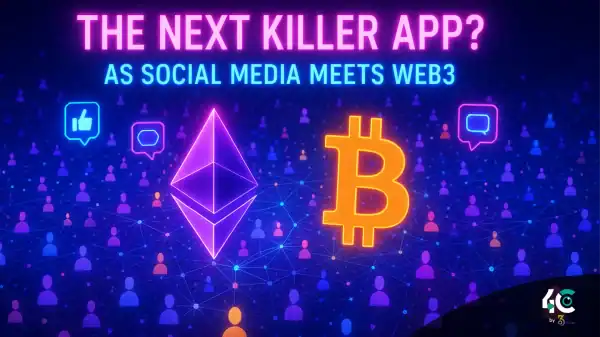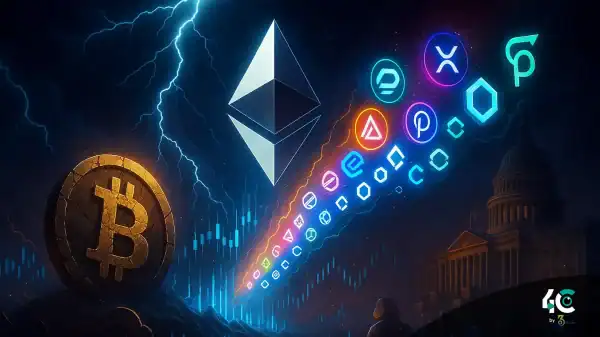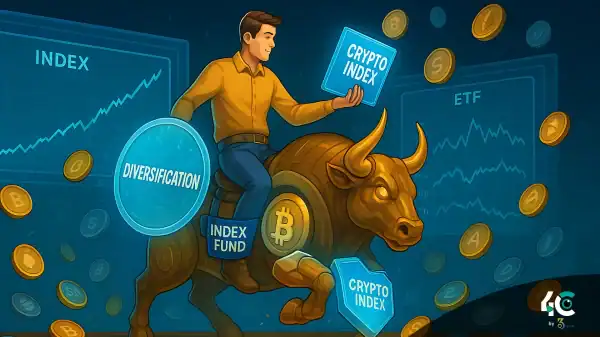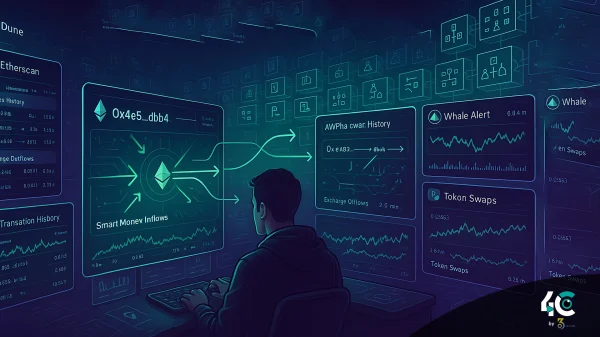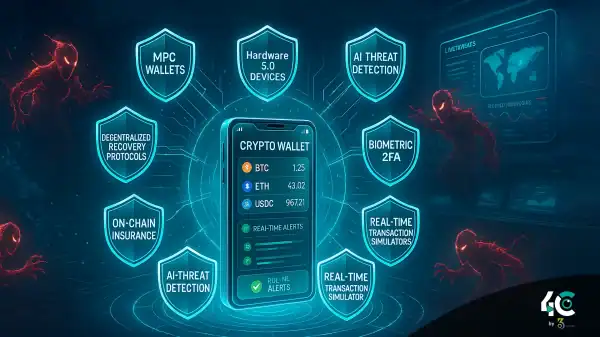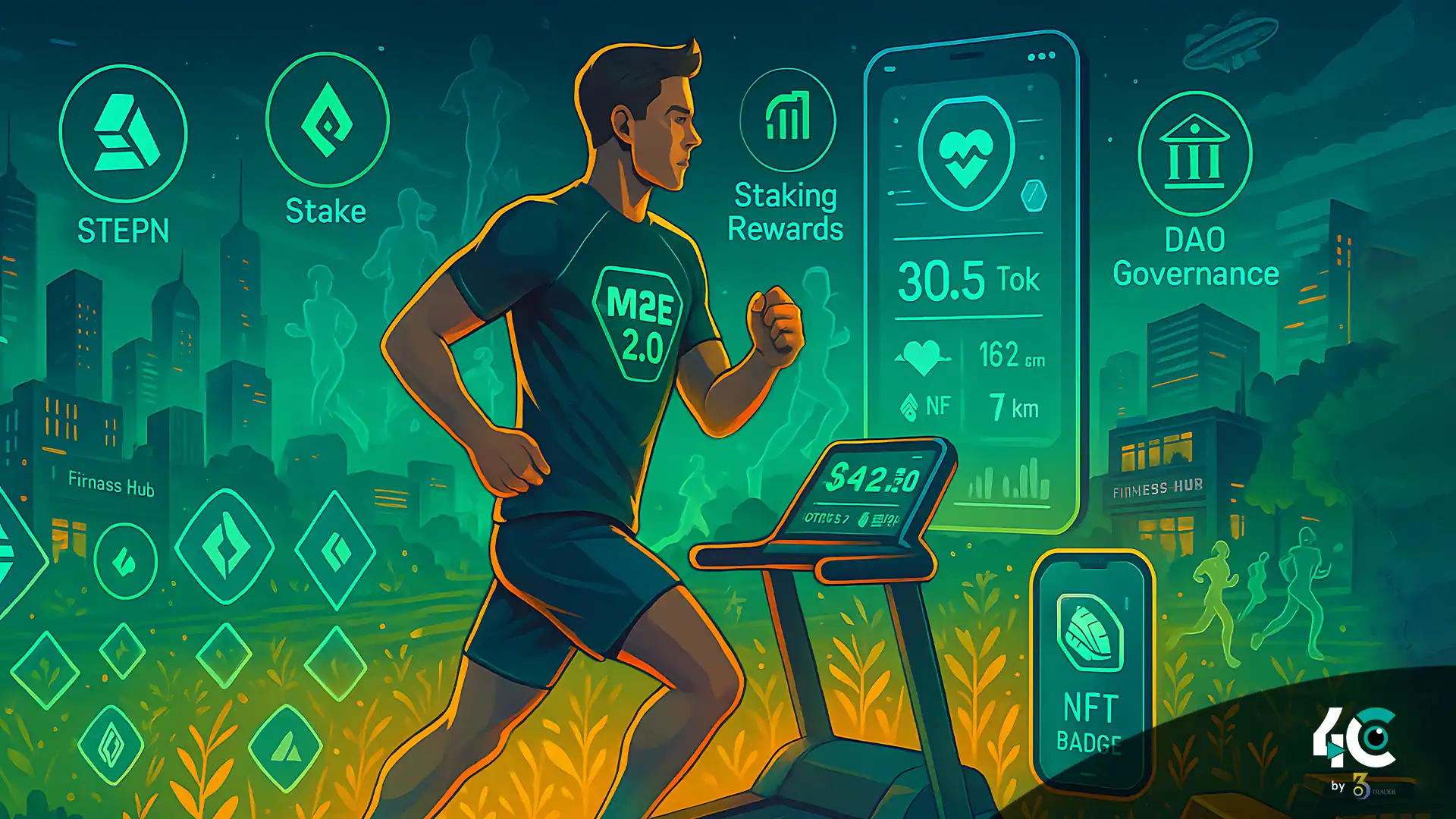Remember the StepN hype? Back in 2022, the move-to-earn (M2E) craze hit the crypto world hard. People were jogging for tokens, walking for rewards, and running into the future—until it all came crashing down. Prices tanked, bots flooded the system, and what once seemed like a groundbreaking trend quickly turned into a failed experiment.
But now, Move-to-Earn is back—and this time, it’s built to last.
What Went Wrong the First Time?
The original wave of M2E apps promised fast profits and fitness gains, but they weren’t built for sustainability:
- Ponzinomics: Early adopters earned big, but rewards quickly dried up when new users stopped joining.
- Lack of Utility: Tokens had few real-world uses, so most users just sold them, tanking the price.
- Bots Exploited Systems: Cheaters used GPS spoofing and automation to farm tokens.
- Weak Engagement: Apps looked great but offered little reason to keep users engaged long term.
The result? Short-lived excitement and long-term disappointment.
Move-to-Earn 2.0: What’s Changed?
This new generation of M2E apps is focused on real-world value, improved retention, and sustainable token models. Here are some standout projects leading the charge:
Sweat Economy
Built on the NEAR Protocol, Sweat Economy rewards steps with $SWEAT tokens. The twist? Over time, users earn less per step—mimicking Bitcoin’s scarcity model.
- Integrated with health apps and insurance firms
- Token staking rewards loyal users
- Offers a marketplace for goods and services
Walken
Walken combines fitness with gaming. Users train digital pets called “Cathletes” that earn WLKN tokens by battling.
- Gamified progression keeps users engaged
- Daily missions and leaderboard systems
- NFTs evolve over time, adding real utility
PUML Better Health
PUML targets workplace wellness. Users track walking, hydration, and meditation to earn PUML tokens.
- Collaborates with corporate wellness programs like AON
- Rewards are tied to health behaviors and company goals
- Tokens can be redeemed for products or services
Smarter Tokenomics for Long-Term Stability
Unlike the first-gen apps, M2E 2.0 emphasizes strong economic design:
- Controlled Emissions: Token supply is capped or gradually reduced
- In-App Utility: Tokens can unlock app features, upgrade NFTs, or reduce health insurance costs
- Long-Term Locks: Sweat Economy, for example, uses time-locked tokens to prevent quick sell-offs
Focused on Habit, Not Hype
Retention is everything—and these apps are doing it right:
- Daily streaks keep users logging in
- Leaderboards and challenges build community
- Social features like friend invites boost engagement
- Gamified wellness makes health fun, not a chore
Conclusion
The Move-to-Earn model isn’t dead—it’s evolving.
The first generation showed us the potential: get healthy and get paid. But poor design and hype-led economics led to its downfall. Today’s M2E 2.0 apps have learned from those mistakes. With better incentives, real-world value, and habit-forming features, fitness and crypto might finally move in sync.







